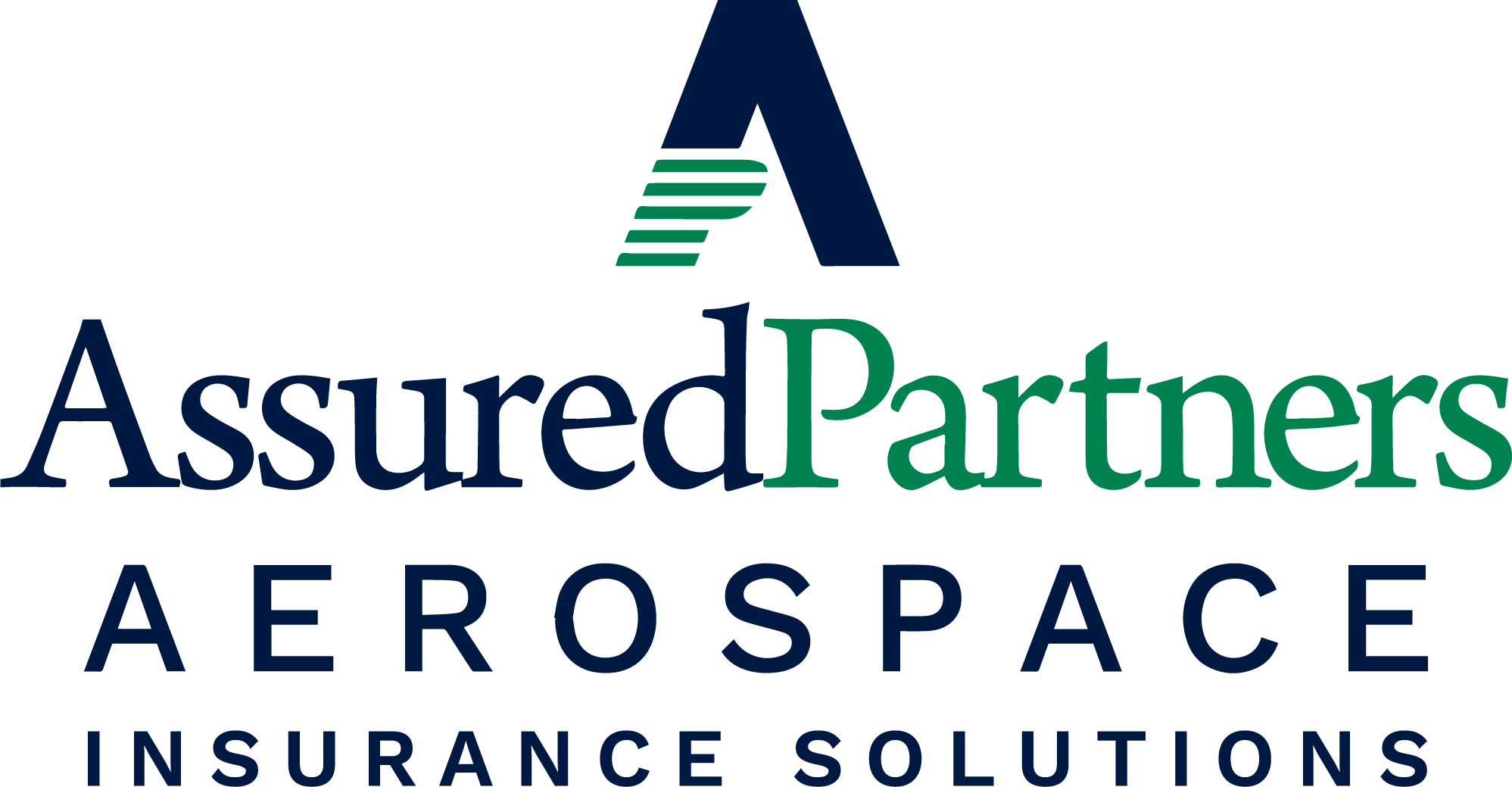GA Insurance in 2021 Recap – Part 3
Aircraft Liability Coverage - Part 3 of 4 Recap of GA insurance in 2021
In January we posted a GA Insurance in 2021 recap along with a review of the Lienholder portion of the policy. Last month we focused on Hull Coverage. Now, we explore the Aircraft Liability section.
One of the loss exposures for an aircraft owner or operator is bodily injury or property damage caused by your aircraft operations. This can include injury to your passengers. Aircraft liability coverage will provide for your defense and payment of any claims up to the limit of liability protection. In most current aircraft liability policies, the defense is provided outside of the limit of liability stated in the policy to preserve the liability limit for the actual payment of any awarded damages. This provision is an important one as not all lawsuits result in an award of damages, but all lawsuits require a defense.
The common liability coverages for personal aircraft are bodily Injury which can include or exclude coverage for passengers, and property damage for damage to other people’s property. While there was a time when these coverages were written as separate limits for each hazard, the vast majority of aviation liability policies today are written on a Combined Single Limit basis which provides one limit for a single occurrence to be applied as determined. One common consideration is an internal sublimit within the overall limit of liability which is most often addressing a reduced limit for any one passenger. In many situations, the maximum per passenger sublimit can be a bar to an underwriter’s willingness to provide terms for an individual risk. It can also be simply a pricing alternative for the insurance buyer to consider.
As opposed to Hull Insurance, Liability claims can be extremely volatile. Worst case scenario on a hull claim is a total loss of the aircraft, payable as the Agreed Value in the policy. A liability claim rarely has a clear path and can be subject to numerous influences including, venue selection, jurisdiction, allegations, and state statues. While an aircraft owner / operator’s chances of being involved in a liability claim are significantly less than a hull claim, the inability to predict or control the outcome means that the liability limit should be a very important consideration. Theoretically an aircraft owner should buy all the liability protection they can get. On a more practical basis, maybe all they can reasonably afford, and depending on the airplane, pilot, or mission being insured, those two may be the same limit.
A related coverage to the Aircraft Liability is Medical Payments. Medical payments for passengers are provided without regard to liability and can include crew members. The limits are usually nominal $5,000 to $10,000 per person and are intended to quickly address any injuries that may occur, regardless of fault.
Don’t miss Part 4 of this series about policy Warranties and Conditions in April! Here’s a link to our FREE Educational Materials.
In the meantime, AOPA’s partner for Aviation Insurance, AssuredPartners Aerospace, is standing by to help you navigate the insurance marketplace. Visit ap-aerospace.com or call us at 800.622.2672 today!

